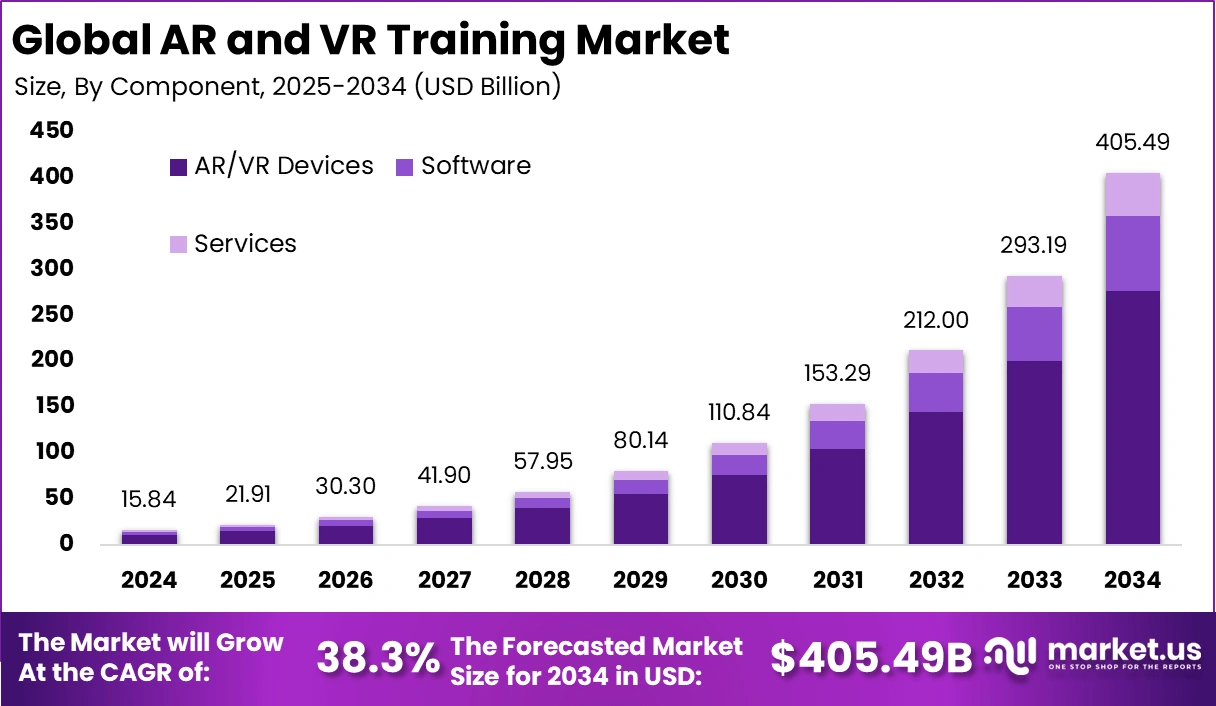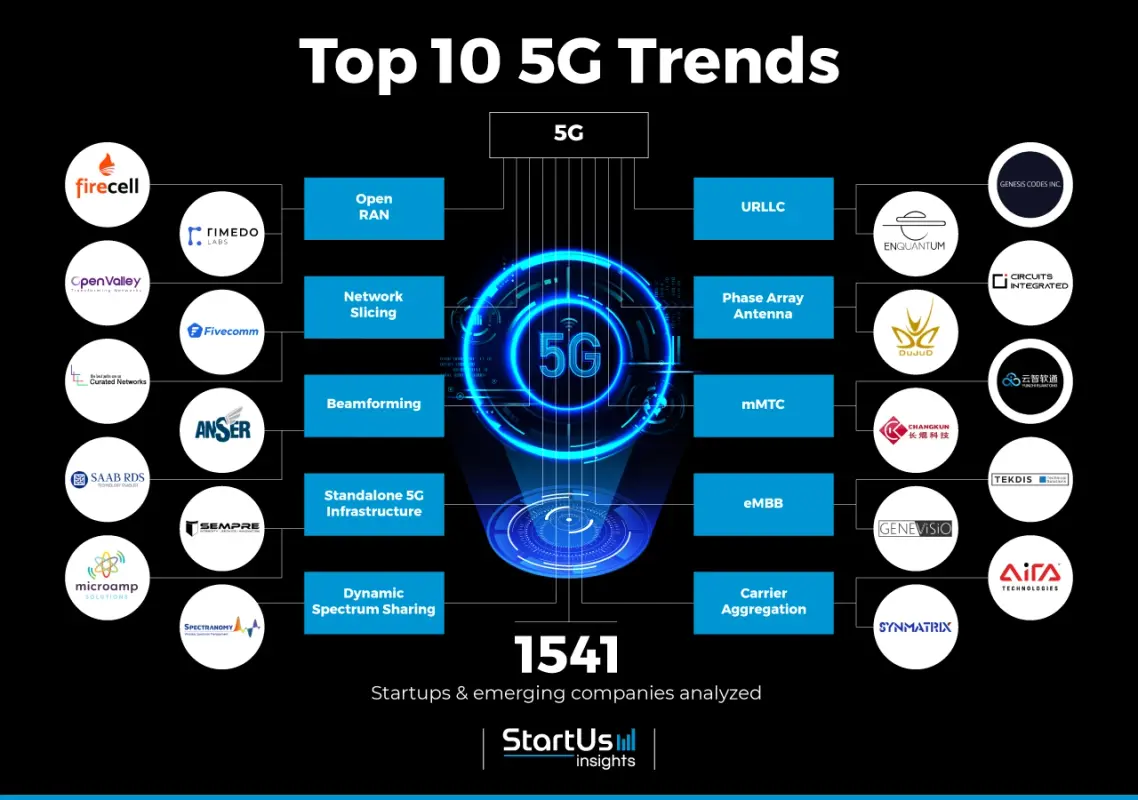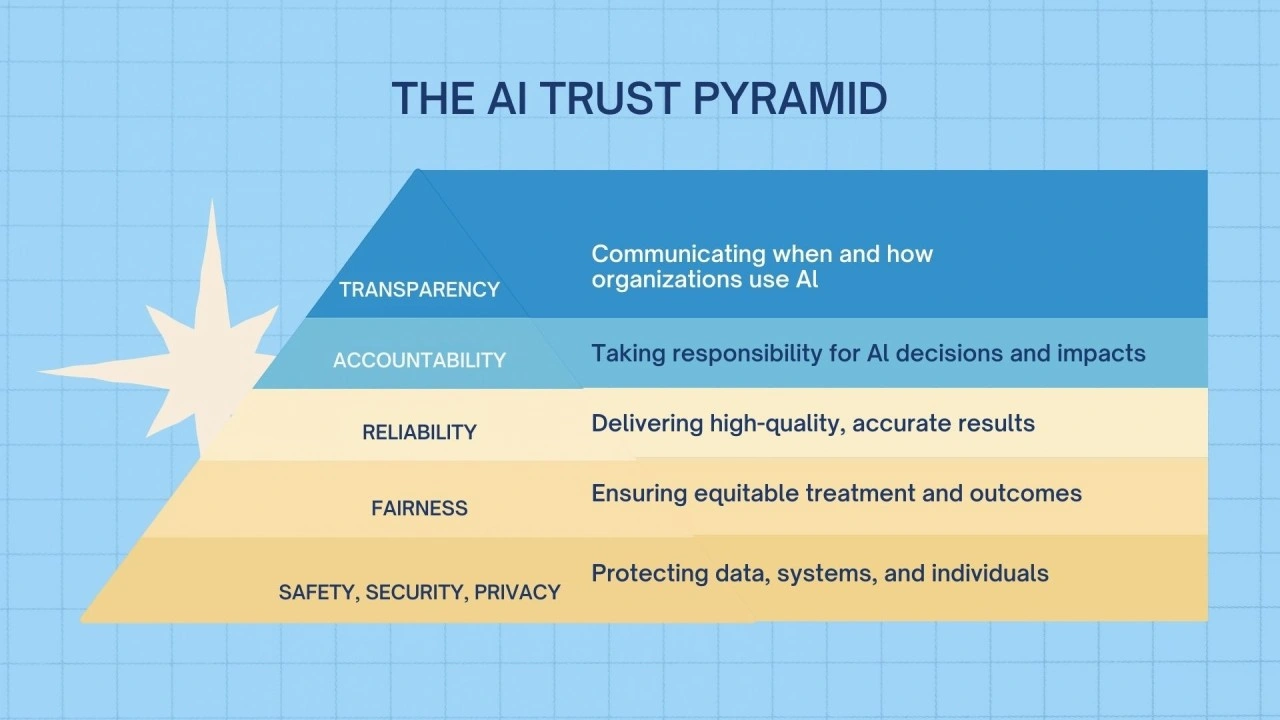15 Technology Trends 2025: The Next Ten You Should Track (6–15)
Technology’s momentum in 2025 extends beyond agentic AI, semiconductors, cloud/edge, quantum, and digital trust. The following ten trends complete the picture and show where competitive advantage will emerge next.
6) Identity-First Security and IAM

Enterprises are shifting from perimeter defenses to identity as the new control plane. Identity-first security treats every user, device, and workload as untrusted until verified continuously.
- Identity as perimeter: Policies evaluate risk in real time using device posture, user behavior, and context.
- Identity fabric architecture: A unified layer connects directories, SSO, MFA, lifecycle management, and policy engines across clouds and SaaS.
- Modern IAM tooling: Passwordless (FIDO2), adaptive MFA, just-in-time access, and automated JML processes shrink attack surfaces.
7) Trustworthy AI

AI adoption now hinges on trust. Organizations are operationalizing governance that spans the full ML lifecycle.
- Transparency and explainability: Model cards, traceable datasets, and interpretable components.
- Safety and reliability: Red-teaming, adversarial testing, and robust evaluation to prevent harmful outputs and drift.
- Security and privacy: Data minimization, differential privacy, and secure model hosting; responsible AI becomes a board-level KPI.
8) Blockchain and Digital Identity
Blockchain’s center of gravity is moving to verifiable data.
- DIDs and verifiable credentials: Prove attributes without oversharing for onboarding, age checks, and cross-border KYC.
- Supply-chain provenance: Tokenized records trace raw materials to finished goods, reducing fraud and meeting disclosures.
- Programmable finance: Asset tokenization and on-chain settlement unlock faster, auditable markets.
9) Robotics and Automation
Labor shortages and resilience needs accelerate automation across industries.
- Adaptive autonomy: Robots learn via demonstration and simulation, self-correcting with feedback loops.
- Industrial and logistics: AMRs, cobots, and automated storage systems raise throughput and safety; vision QC detects defects in real time.
- Services and healthcare: Pharmacy dispensing, hospital delivery, and food service robots expand beyond pilots.
10) Immersive Reality (AR/VR/XR)
Immersive tech becomes a practical enterprise tool.
- Training and simulation: Digital twins and VR scenarios cut training time and incidents.
- Remote collaboration: AR overlays guide field technicians; spatial computing enables 3D design reviews.
- Commerce and marketing: Try-before-you-buy improves conversion and reduces returns.
11) Advanced Connectivity (5G→6G)
Connectivity underpins digital operations and automation.
- 5G at scale: Private networks and slicing support machine vision, AGVs, and latency-sensitive workloads.
- Path to 6G: Targets sub-millisecond latency, integrated sensing/communications, and AI-native radio management.
- Security implications: Zero-trust for radio and edge, quantum-safe tunnels, and AI anomaly detection.
12) Bioengineering and Synthetic Biology
Biotech crosses from lab to production.
- DBTL pipelines: Automation and AI shorten design-build-test-learn cycles for enzymes, materials, and therapeutics.
- Personalized health: Multi-omics plus ML enable precision nutrition, early detection, and tailored interventions.
- Ethics and regulation: Responsible research and transparent validation are prerequisites for scale.
13) Space Technologies

Orbit becomes an enterprise platform.
- LEO constellations: Global, low-latency coverage expands IoT backhaul and remote operations.
- Earth observation analytics: High-cadence imagery feeds sustainability reporting, insurance, and disaster response.
- Launch economics: Reusability and small-sat buses cut costs and lead times.
14) Energy and Sustainability Tech
Decarbonization meets digital optimization.
- Electrification and storage: Long-duration storage and solid-state batteries stabilize renewable grids.
- AI for efficiency: Forecasting and optimization reduce waste across data centers, factories, and buildings.
- Sustainable IT: Efficient architectures, liquid cooling, and heat reuse lower PUE while meeting AI growth.
15) AI-Driven Cybersecurity and Behavioral Analytics
Attackers automate; defenders out-automate.
- Behavioral baselining: Models learn normal patterns, flagging subtle lateral movement and insider risk.
- Autonomous response: SOAR plus AI quarantines endpoints, rotates secrets, and updates rules in seconds.
- Post-incident resilience: Continuous purple-team exercises, SBOM visibility, and secure-by-design programs cut MTTR.
Conclusion
The back half of the 2025 trend set converges on identity, trust, connectivity, biology, space, and sustainable energy—each amplified by AI. Organizations that align architectures to these vectors, measure trust and resilience, and industrialize data and ML will capture durable advantage as the digital and physical worlds fuse.